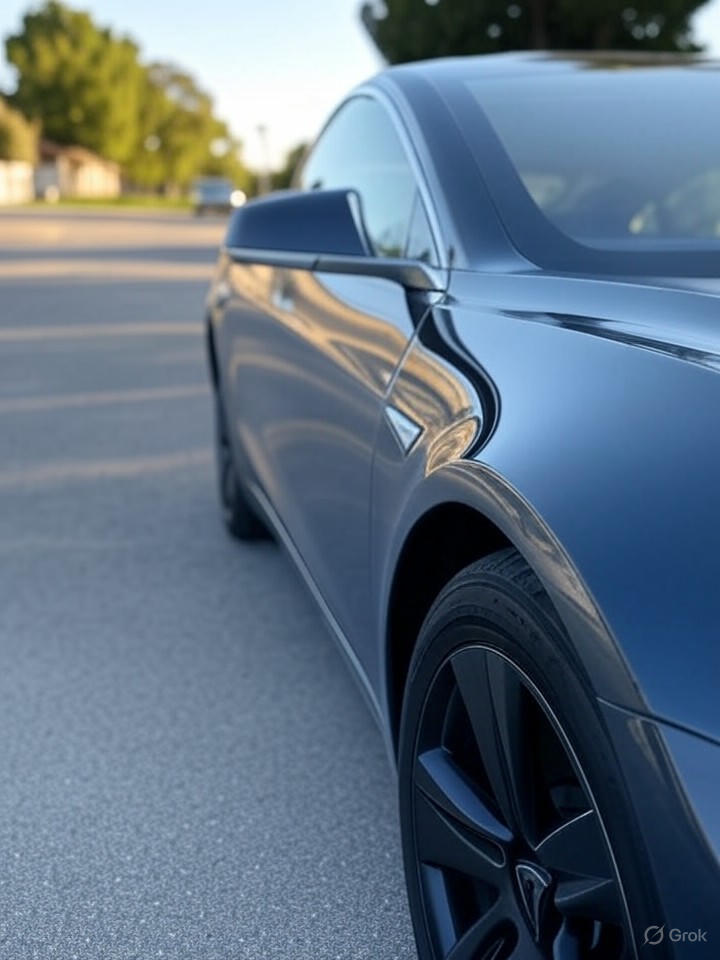The National Highway Traffic Safety Administration has launched a formal probe into Tesla Inc.’s handling of crash data reporting, focusing on potential delays in disclosing incidents involving its Autopilot and Full Self-Driving (FSD) systems. The investigation, announced this week, scrutinizes whether Tesla complied with federal requirements to report crashes within five days, amid allegations that the company sometimes waited months before submitting details.
Regulators identified over 2,300 incidents where Tesla’s reporting was either late or incomplete, according to documents reviewed by the agency. This comes as Tesla faces mounting scrutiny over the safety and transparency of its advanced driver-assistance features, which are marketed as steps toward full autonomy but require human supervision.
Delays in Compliance Raise Red Flags
The probe covers approximately 2.6 million Tesla vehicles equipped with features like Smart Summon, a remote parking function that has been linked to some of the delayed reports. As reported by BizToc, the NHTSA noted instances where Tesla submitted crash data in bulk long after incidents occurred, potentially hindering timely safety analyses.
Industry experts suggest these delays could stem from internal data processing issues or prioritization of engineering resources over regulatory obligations. Tesla has attributed some lapses to “system errors,” but the agency aims to audit the company’s reporting processes to determine if systemic failures or intentional withholding played a role.
Historical Context of Tesla’s Safety Scrutiny
This isn’t Tesla’s first tangle with the NHTSA over Autopilot and FSD. Previous investigations, including a 2021-2024 probe into 956 Autopilot-related crashes, highlighted concerns about the system’s performance in real-world scenarios. Data from that period showed Tesla vehicles crashing far less frequently than the national average—about one per 6.69 million miles with Autopilot engaged, versus one per 702,000 miles for all U.S. vehicles, per NHTSA statistics cited in Tesla’s Q2 2025 safety report.
However, critics argue that underreporting distorts these figures. A post on X from safety advocate Dan O’Dowd in 2024 claimed Tesla had over five times more self-driving crashes than officially reported, though such social media assertions remain unverified and highlight ongoing public debate.
Implications for Autonomous Driving Regulation
The current investigation could lead to fines, mandatory recalls, or stricter oversight for Tesla’s software updates. As detailed in an Engadget analysis, the NHTSA’s focus extends to whether delayed reporting masked patterns in low-visibility crashes, including a fatal pedestrian incident under investigation separately.
For industry insiders, this probe underscores broader challenges in regulating semi-autonomous technologies. Competitors like Waymo report crashes more promptly, often within days, setting a benchmark that Tesla may need to match to maintain credibility.
Tesla’s Response and Market Impact
Tesla has cooperated with the investigation, emphasizing that its systems are safer than human drivers based on internal mileage data. Yet, as Tekedia points out, repeated regulatory hurdles could delay Tesla’s ambitious rollout of unsupervised FSD features planned for later in 2025.
Stock reactions have been muted, with TSLA shares dipping slightly amid broader market volatility. Analysts warn that prolonged scrutiny might erode consumer trust, especially as Tesla pushes FSD subscriptions as a key revenue driver.
Looking Ahead: Safety vs. Innovation
Beyond Tesla, the probe signals a tougher stance from regulators on data transparency in the autonomous vehicle sector. With over 600 Tesla-related fatalities reported since 2021, including 51 tied to Autopilot, per NHTSA compilations, the emphasis is shifting toward verifiable safety metrics.
Insiders anticipate that findings could influence pending legislation on self-driving standards, potentially requiring real-time data sharing. For Tesla CEO Elon Musk, who has championed rapid innovation, balancing compliance with technological advancement will be crucial in navigating this evolving regulatory environment.




 WebProNews is an iEntry Publication
WebProNews is an iEntry Publication